You’ve probably heard this advice more times than you can count: Optimize your Google Ads. But just what does that mean? Why do it—and where to start?
Simply put, optimization means taking certain steps to achieve optimal advertising performance. An optimized ad targets the right audience with the right offer at the right time—and stays on budget.
How do you know it’s time to optimize? Sometimes you know there’s a problem that requires immediate action. For example, your cost per click (CPC) is high and your return on ad spend (ROAS) is low. Optimization isn’t just a quick fix underperforming ads, but rather an ongoing process that ensures that your ads are continually improving. After all, there are many moving parts in the digital landscape. Prices, customer preferences, and market forces are never static.
When it comes to optimizing Google ads, there’s always something you can tweak to improve click-through rates (CTR), ROAS, and conversion rates (CVR).
Optimizing Google ads is ultimately about improving the relevancy of your campaigns. This requires understanding how your ads connect to what your potential customers are searching for and how your messaging is carried through your campaigns—from click to conversion.
There are two parts of the optimization process to address: the behind-the-scenes backend controls, and the frontend controls that the customer sees.
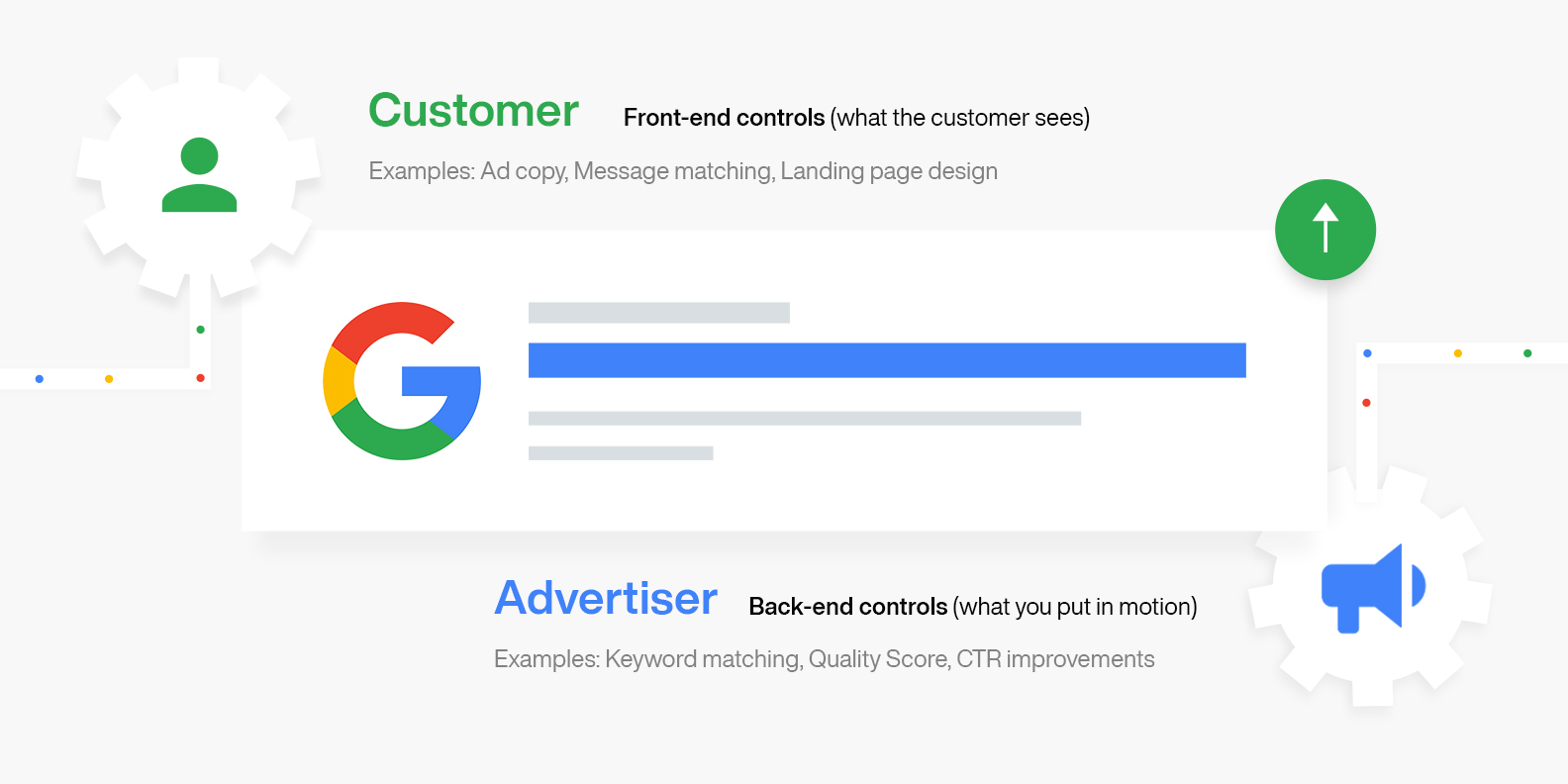
1. Choose the right keywords
Optimizing your Google ads starts with choosing keywords that match your ads with terms your prospective customers are searching for. If you select the wrong keywords because you are out of sync with your audience’s wants and needs, the people you want to reach may never see your ads.
Here are three tips for selecting the right keywords.
Decide which type of keyword match you need. Google categorizes keyword matching into three types:
- Broad (loose) match—Ads may show up in searches that relate to a keyword
- Phrase (moderate) match—Ads may show up in searches that include the meaning of a keyword
- Exact (tight) match—Ads may show up in searches that have the same meaning as a keyword
Use Google’s Keyword Planner. This free tool helps you plan your marketing strategy by generating keyword ideas and bid estimations. It assists you in searching for keywords and ad group ideas, allows you to see how a list of how well keywords might perform, and even helps you identify terms, phrases, and words your prospective customers are searching for.
Select negative keywords. These are keywords you don’t want Google to match with searches because they are likely to be used by people who are outside of your target audience. Negative keywords help you save money on clicks that are not likely to lead to conversions. For example, if you’re selling women’s basketball shoes, you could select “men” and “soccer” as negative keywords.
Bid on brand keywords. These are queries that include the name of your company, business, or brand. It’s a way to capture users who are already familiar with your offers. It also helps prevent competitors who bid on your branded terms from getting the attention of your customers.
In this example you can see that Intercom is running an ad for the keyword “hubspot,” one of their competitors:
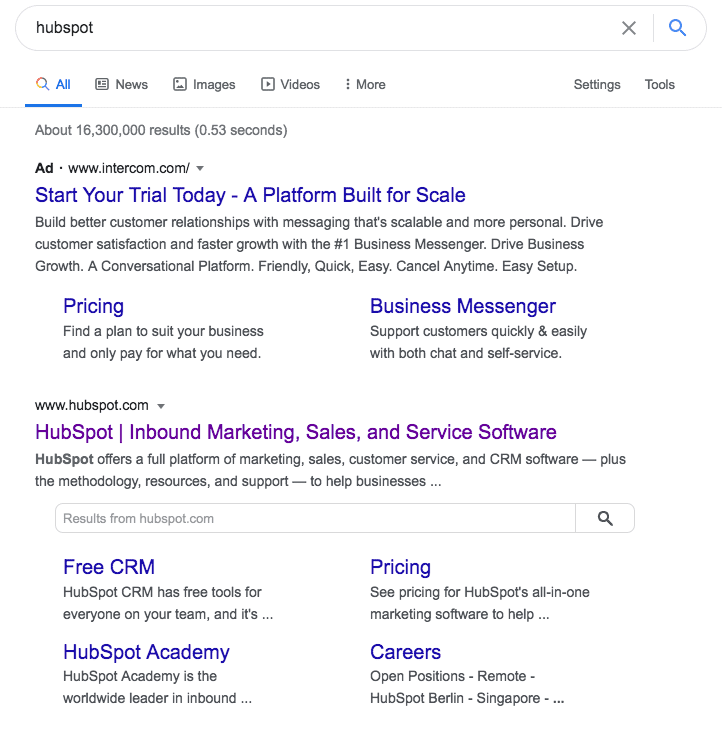
2. Improve your Google Quality Score
Google’s Quality Score is a diagnostic tool that helps advertisers evaluate the quality of their ads compared to those of other advertisers by measuring quality on a scale of 1 through 10. The higher your Quality Score, the better your ad will rank on search engine results pages (SERPs). A low score informs advertisers that they need to improve their keywords, ad content, or landing pages.
Google uses three factors to determine a Quality Score: expected CTR, ad relevance, and landing page experience. Here’s what each measures:
- Expected CTR measures how likely a user is to click your ad
- Ad relevance measures how well your ad message relates to your ad group’s keywords
- Landing page experience measures how well your landing page content matches your ad content
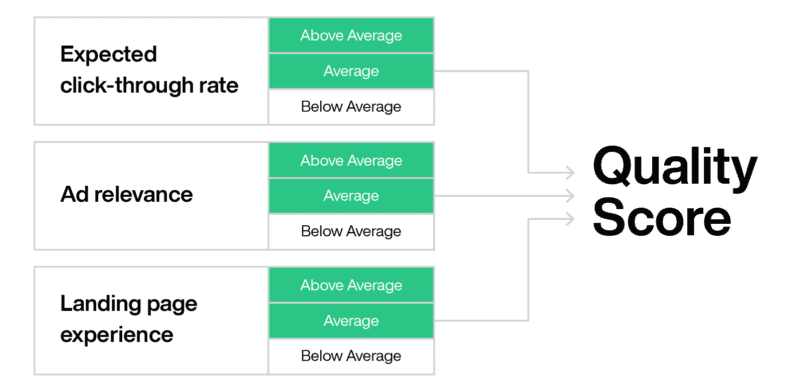
3. Improve click-through rate (CTR)
How do you engage with prospects and receive that critically important initial click? Here’s what you need to do to optimize your Google ads and increase CTR:
Lead with value. Make your offer’s unique value proposition (UVP) unmistakably clear in the headline and ad copy. Add enticements such as social proof or a free trial. This QuickBooks ad leads with social proof and includes a special offer of 50% off as well as a free 30-day trial.
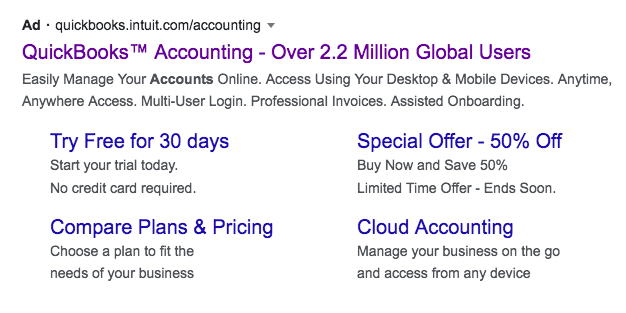
Include a catchy CTA. You’ve got your visitors’ attention. Now include well-written copy for your call to action (CTA) to get them to click. It helps to use actionable words and make the benefit clear. The QuickBooks ad, for example, uses “Try Free for 30 days” and “Buy Now and Save 50%.”
Use ad extensions. Google’s ad extensions expand your ad with additional information—giving people more reasons to click—which can increase CTR by several percentage points. Extension formats include call buttons, location information, links to specific parts of your website, and additional text.
4. Improve ad relevance
When visitors click your ad, it shows interest in your offer. Now you have to hold that interest, which is when ad-to-page relevancy takes center stage. Ad-to-page relevancy ensures that your messaging is consistent throughout the advertising journey. This consistency is important because it helps to build brand trust among your prospective customers.
The key to making the click-to-conversion experience relevant is message matching. From the user’s perspective, certain things should not change. These include the offer you introduce in your ad, the look and feel of your design, and your copy’s voice, which should all carry through from ad to landing page. If you tinker with these elements too much, users will get confused or aggravated and up goes your bounce rate.
See how Heepsy establishes ad-to-page relevancy starting with its Google ad:

Then it continues through to its landing page for Twitter and Instagram influencers:
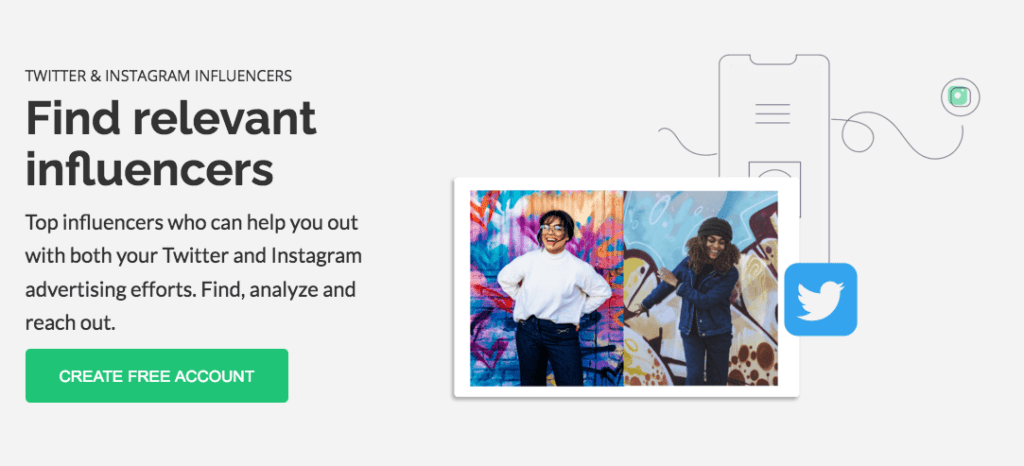
As well as its page for YouTube influencers:
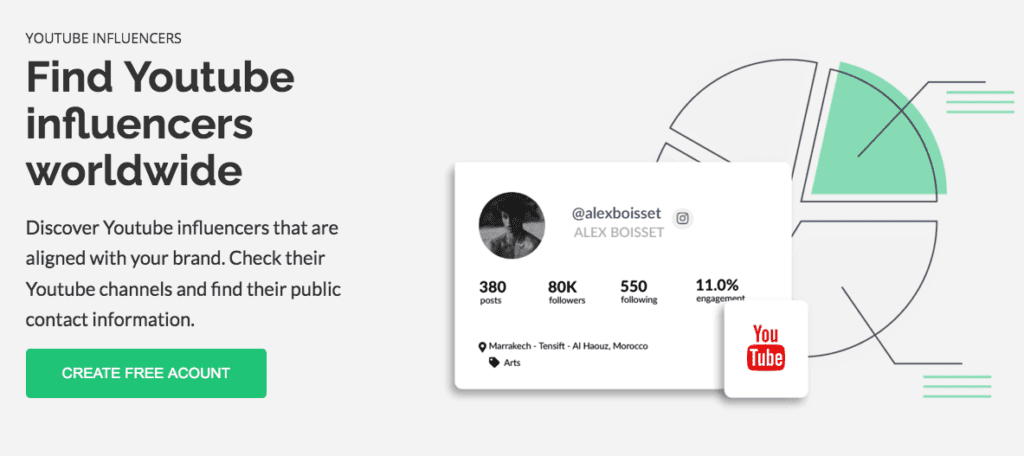
When you excel at ad-to-page relevancy and add in personalization variables, you’ve achieved a cohesive, holistic digital advertising campaign that users will enjoy navigating. And isn’t that half the battle? Even if a user bounces, it’s not a total loss because you’ve probably left a good impression, and so that user may return to one of your ads later and convert.
5. Improve landing page experience
The landing page is your last opportunity to woo prospective customers and convince them to accept your offer. There are a number of things you can do to minimize bounce rates and ramp up conversions. Here are some tips.
Check load speed. A fast-loading page is essential for optimization. If it’s slow, prospects will lose patience and leave.
Write an engaging, relevant headline. Make sure your USP is clear in your headline so visitors who have clicked your ad know they’re in the right place.
Make CTAs stand out. Prominently feature CTAs using contrasting colors and easy-to-read text.
Leverage social proof. Content that shows many people love your offer encourages visitors to trust and convert.
Personalize your page. A personalized landing page specifically targets an audience segment and shows users highly relevant content.
Stick to one conversion goal. Your page should highlight only one offer. Remove any distracting, extraneous content.
This Hootsuite landing page checks all the optimization boxes mentioned above in publishing a great landing page:
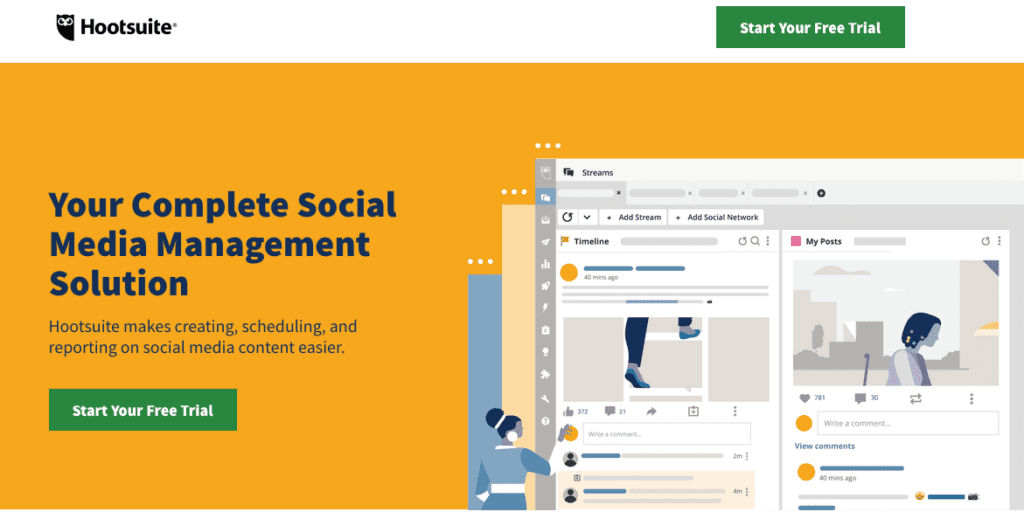
Optimize more than your Google ads
Optimizing your ads is just as important as optimizing your landing pages. Instapage is here to help. We offer three different plans to help take the stress out of building, optimizing, and converting—helping you to create better landing pages and see better results. Sign up for an Instapage 14-day free trial today.

Try the world's most advanced landing page platform with a risk-free trial.
